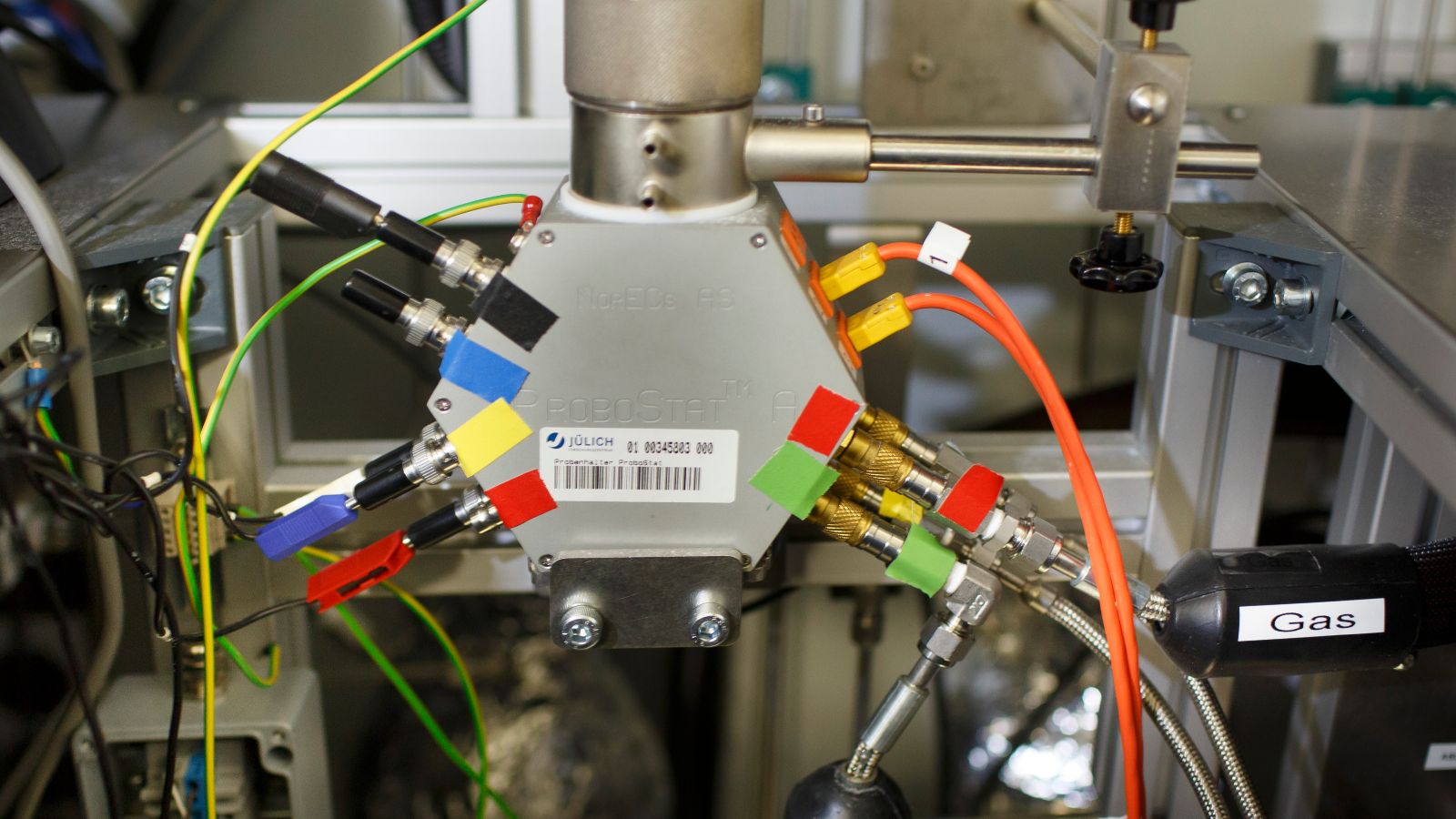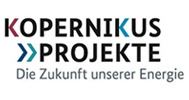FAQ
Frequently asked questions about Power-to-X
On this page, the Kopernikus project P2X answers frequently asked questions about Power-to-X technology and explains foreign words that frequently occur in connection with Power-to-X technology.

Our energy system is based on material energy sources that are almost exclusively fossil, such as oil, coal and natural gas. Material energy sources have many advantages: they can be stored almost indefinitely, have very high energy densities and can be distributed via the existing infrastructure (filling stations, gas network).
With Power-to-X these resources can be replaced sustainably. From renewable electricity ("power"), material energy carriers ("X") such as hydrogen, chemical products or synthetic fuels are produced. In this way, new energy sources can be created from exhaust gases (CO2) along value chains. Thus, the increasing decarbonisation of the energy sector can be used to defossilise other sectors in order to avoid CO2 emissions in the long term.
In this way, areas that are difficult or impossible to electrify can become sustainable. Examples are the chemical industry, where oil is used as a raw material, and the glass industry, which uses natural gas to heat the melting pots. But fuels for aircraft and freight transport are also areas of application for Power-to-X products.
That all depends on the X. Take the example of power-to-gas: in water electrolysis for the production of hydrogen with renewable electricity, the efficiency is currently around 60 percent. This means that around 60 percent of the energy used for electrolysis is also bound in hydrogen. For higher-grade substances, such as synthetic fuels, the efficiency is usually lower. However, since Power-to-X technologies are still relatively young, it can be assumed that their efficiency can be increased significantly in the coming years through research and development.
The use of Power-to-X products in turn results in energy losses: For example, a combustion engine converts only around 20 to a maximum of 40 percent of the chemical energy of a (fossil or renewable) fuel into kinetic energy. The remaining energy escapes in the form of heat. Even when hydrogen is converted back into electricity, only about 50 percent of the energy is retained.
It is therefore important to weigh up all the advantages and disadvantages when selecting the area of application for Power-to-X technologies. We have far more than sufficient renewable resources, and once these can be used more cost-effectively through solar, wind, geothermal and other more cost-effective means, the question of efficiency is less crucial. Relevant is the question of economic efficiency including the climate impact - here it can be assumed that Power-to-X products will be competitive in the coming years.
At the moment, the costs are mainly dependent on the cost of electricity and the utilisation of the Power-to-X system. Electricity costs are in turn dependent on regulatory conditions such as the EEG levy. As a result, only general statements can be made about the price of Power-to-X technologies.
It is certain that these will become cheaper as their development and application progresses. Examples include the results achieved in the project P2X, such as the saving of expensive materials in electrolysis and the combination of process steps into an integrated system.
First and foremost where sufficient renewable energy is available to cost-effectively manufacture Power-to-X products on a large scale. For this reason, the Federal Ministry of Education and Research is focusing on strategic partnerships with South and West Africa and Australia. The conditions there are excellent for producing electricity from wind and sun on unused land.
When using Power-to-X industrial plants in Germany, one has to look closely. This is shown by a simple calculation example: According to the Max Planck Institute, three times as much power would have to be installed in Germany as in Australia to produce the same amount of energy, simply because of the climatic differences.
At the beginning of 2020, the Kopernikus project ENSURE analysed where Power-to-X technologies could be useful in Germany: Power-to-gas plants that produce methane can considerably reduce the load on the German power grid. Although these do not make the network expansion any cheaper, their stabilizing added value equals the financial investments. The projects of the "Solar Construction/Energy-efficient City" initiative are also currently investigating whether and how power-to-gas systems can also be useful in residential areas.
Germany holds a leading position worldwide in the field of technology exports. The development of groundbreaking Power-to-X technologies for the energy revolution can permanently strengthen and, if necessary, even expand this position. This is the idea of exporting Power-to-X technologies on a large scale in the future. Nevertheless, there are also areas in Germany in which Power-to-X technologies can be used sensibly (see above).
The German Engineering Federation (Verband Deutscher Maschinen- und Anlagenbau) states that German plant manufacturers have a global market share of more than one sixth in the Power-to-X sector. The Federal Government aims to consolidate this share through further innovations resulting from research and development. The aim is to create jobs in this growing economic sector and take advantage of export opportunities.
At present, an analysis is being carried out for a potential atlas of hydrogen in South and West Africa to determine what opportunities exist locally for the production and export of green hydrogen. In these regions sea water can be used because of the proximity to the sea. This seawater will first be desalinated with the help of renewable energy and then used for hydrogen production.
Research Minister Anja Karliczek also emphasised that in regions that are eligible for the export of energy in the form of green hydrogen, the own energy and water requirements should first be secured. Only then is it planned to ship sustainable energy sources to Germany and Europe.


